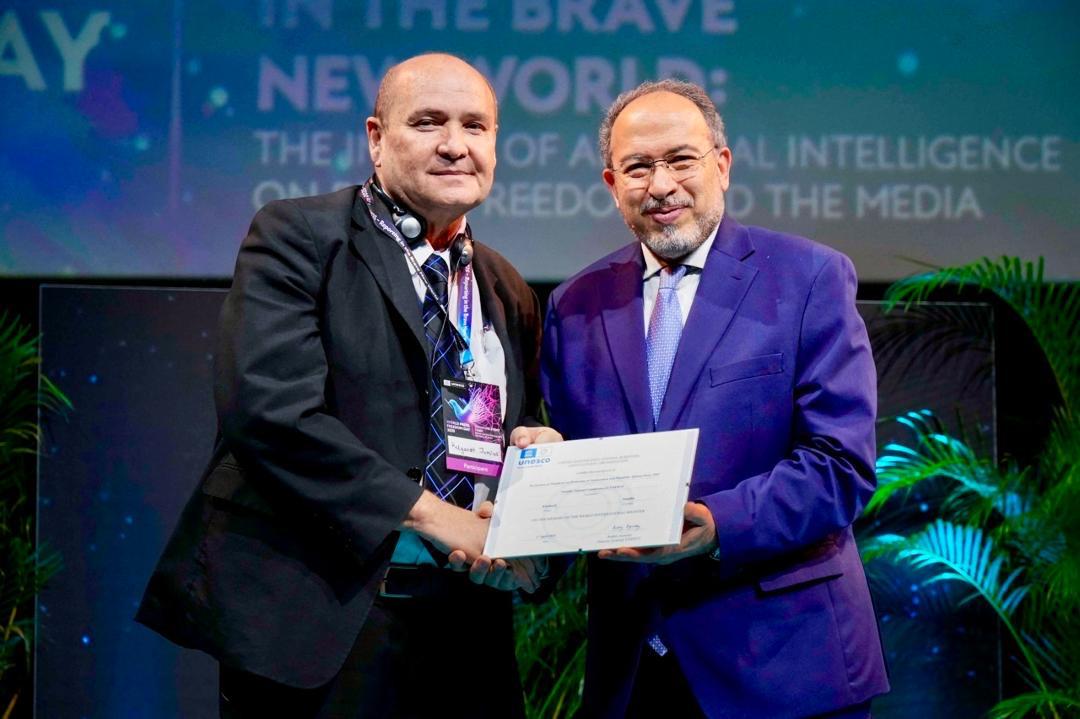WASHINGTON – Africa has emerged as a leading front in the US military campaign against al Qaeda, which Washington believes would like to create a new safe haven in the continent’s vast, hard-to-govern regions.
Small groups of US special forces, known as A-teams and often numbering less than a dozen soldiers, have begun traversing the hinterlands of more than a dozen countries in the Horn of Africa, the Sahel and Sahara regions. Pentagon officials say the main aim is to help African governments from Sudan to Senegal and Nigeria train and equip local troops to combat Islamist militants in swathes of open country, already known as havens for smugglers and bandits.Meanwhile, even smaller units of US civil affairs troops have travelled to remote villages to dispense medical care, dig wells and build schools, hoping to make militancy less attractive.”They’re also identifying all the watering holes and any natural features, like caves, that could be used as the basis for training camps.And they’re trying to establish links with local people to find out who’s in the passing caravans seen by satellites,” said a former intelligence official.The strategy, known to Pentagon officials as “low-intensity warfare”, has been used by the US military in developing countries since World War Two.Nearly five years after the fall of the Taliban in Afghanistan, similar campaigns are under way from the Philippines to the Caucasus and Latin America, and ultimately could grow to include 60 countries, independent analysts say.The objective, officials say, is to use a combination of humanitarian aid and small-scale military force to undermine insurgencies long before they can threaten local governments allied with the US war on terrorism.”These operations exist on every continent except Antarctica and Australia,” said Wade Ishimoto, senior Pentagon adviser for special operations and low-intensity conflict.”We can quell insurgencies.We can quell insurgents.You can suppress them to the point that they’re not threatening the livelihood of an entire government,” he said.SMALL NUMBERS With almost 170 000 US forces committed to Iraq and Afghanistan, analysts view the low-intensity strategy as a potentially effective way to avoid major security problems that could require large new troop deployments.”The ideal is El Salvador in the 1980s, where the whole US force structure was limited to 55 special forces operatives who actually achieved more than 550 000 troops did in Vietnam,” said Max Boot of the Council on Foreign Relations.Africa, with its rich energy and mineral reserves, has become increasingly important to Pentagon strategists as they prepare for the expected return of battle-hardened African Islamists from Iraq over the next five years.”We’re talking about a very limited number of al Qaeda operatives now, and a limited number of allocated groups,” said Andre Le Sage of the National Defence University’s Africa Centre for Strategic Studies.”But … we have to acknowledge a broader political development of Islamist movements across the region.As these movements become more political, become stronger, they could become destabilising.”Africa has already witnessed a number of attacks, most notably the 1998 al Qaeda bombings of US embassies in Kenya and Tanzania.US officials say al Qaeda operatives are in Somalia and Sudan while fund-raising and recruiting are now a serious worry in South Africa, Nigeria and the trans-Sahara region.TOO LITTLE? Porous borders and lax government controls in the Sahel – the southern fringe of the Sahara – have already allowed easy movement for militant groups such as the Salafist Group for Preaching and Combat (GSPC).Given all that, Pentagon officials are considering a new Africa Command that would give its undivided attention to a continent now shared by three US military entities – Central Command, European Command and Pacific Command.The Defence Department has about 2 000 personnel in the Horn of Africa alone and is expected to spend over US$100 million in the trans-Sahara region by the end of next September.But experts differ on how effective the campaign can be without larger infusions of humanitarian aid, especially in the form of civilian assistance from Washington.”There must be a lot of focus placed on giving support to local people, because without local people al Qaeda cannot operate,” said Singapore-based terrorism expert Rohan Gunaratna.John Prendergast, an Africa specialist with the International Crisis Group, said the Pentagon strategy so far has amounted to little more than a public relations campaign for the military.”It’s very little, and the training is a drop in the ocean,” he said.”The locals see right through it.”Nampa-ReutersPentagon officials say the main aim is to help African governments from Sudan to Senegal and Nigeria train and equip local troops to combat Islamist militants in swathes of open country, already known as havens for smugglers and bandits.Meanwhile, even smaller units of US civil affairs troops have travelled to remote villages to dispense medical care, dig wells and build schools, hoping to make militancy less attractive.”They’re also identifying all the watering holes and any natural features, like caves, that could be used as the basis for training camps.And they’re trying to establish links with local people to find out who’s in the passing caravans seen by satellites,” said a former intelligence official.The strategy, known to Pentagon officials as “low-intensity warfare”, has been used by the US military in developing countries since World War Two.Nearly five years after the fall of the Taliban in Afghanistan, similar campaigns are under way from the Philippines to the Caucasus and Latin America, and ultimately could grow to include 60 countries, independent analysts say.The objective, officials say, is to use a combination of humanitarian aid and small-scale military force to undermine insurgencies long before they can threaten local governments allied with the US war on terrorism.”These operations exist on every continent except Antarctica and Australia,” said Wade Ishimoto, senior Pentagon adviser for special operations and low-intensity conflict.”We can quell insurgencies.We can quell insurgents.You can suppress them to the point that they’re not threatening the livelihood of an entire government,” he said.SMALL NUMBERS With almost 170 000 US forces committed to Iraq and Afghanistan, analysts view the low-intensity strategy as a potentially effective way to avoid major security problems that could require large new troop deployments.”The ideal is El Salvador in the 1980s, where the whole US force structure was limited to 55 special forces operatives who actually achieved more than 550 000 troops did in Vietnam,” said Max Boot of the Council on Foreign Relations.Africa, with its rich energy and mineral reserves, has become increasingly important to Pentagon strategists as they prepare for the expected return of battle-hardened African Islamists from Iraq over the next five years.”We’re talking about a very limited number of al Qaeda operatives now, and a limited number of allocated groups,” said Andre Le Sage of the National Defence University’s Africa Centre for Strategic Studies.”But … we have to acknowledge a broader political development of Islamist movements across the region.As these movements become more political, become stronger, they could become destabilising.”Africa has already witnessed a number of attacks, most notably the 1998 al Qaeda bombings of US embassies in Kenya and Tanzania.US officials say al Qaeda operatives are in Somalia and Sudan while fund-raising and recruiting are now a serious worry in South Africa, Nigeria and the trans-Sahara region.TOO LITTLE? Porous borders and lax government controls in the Sahel – the southern fringe of the Sahara – have already allowed easy movement for militant groups such as the Salafist Group for Preaching and Combat (GSPC).Given all that, Pentagon officials are considering a new Africa Command that would give its undivided attention to a continent now shared by three US military entities – Central Command, European Command and Pacific Command.The Defence Department has about 2 000 personnel in the Horn of Africa alone and is expected to spend over US$100 million in the trans-Sahara region by the end of next September.But experts differ on how effective the campaign can be without larger infusions of humanitarian aid, especially in the form of civilian assistance from Washington.”There must be a lot of focus placed on giving support to local people, because without local people al Qaeda cannot operate,” said Singapore-based terrorism expert Rohan Gunaratna.John Prendergast, an Africa specialist with the International Crisis Group, said the Pentagon strategy so far has amounted to little more than a public relations campaign for the military.”It’s very little, and the training is a drop in the ocean,” he said.”The locals see right through it.”Nampa-Reuters
Stay informed with The Namibian – your source for credible journalism. Get in-depth reporting and opinions for
only N$85 a month. Invest in journalism, invest in democracy –
Subscribe Now!










